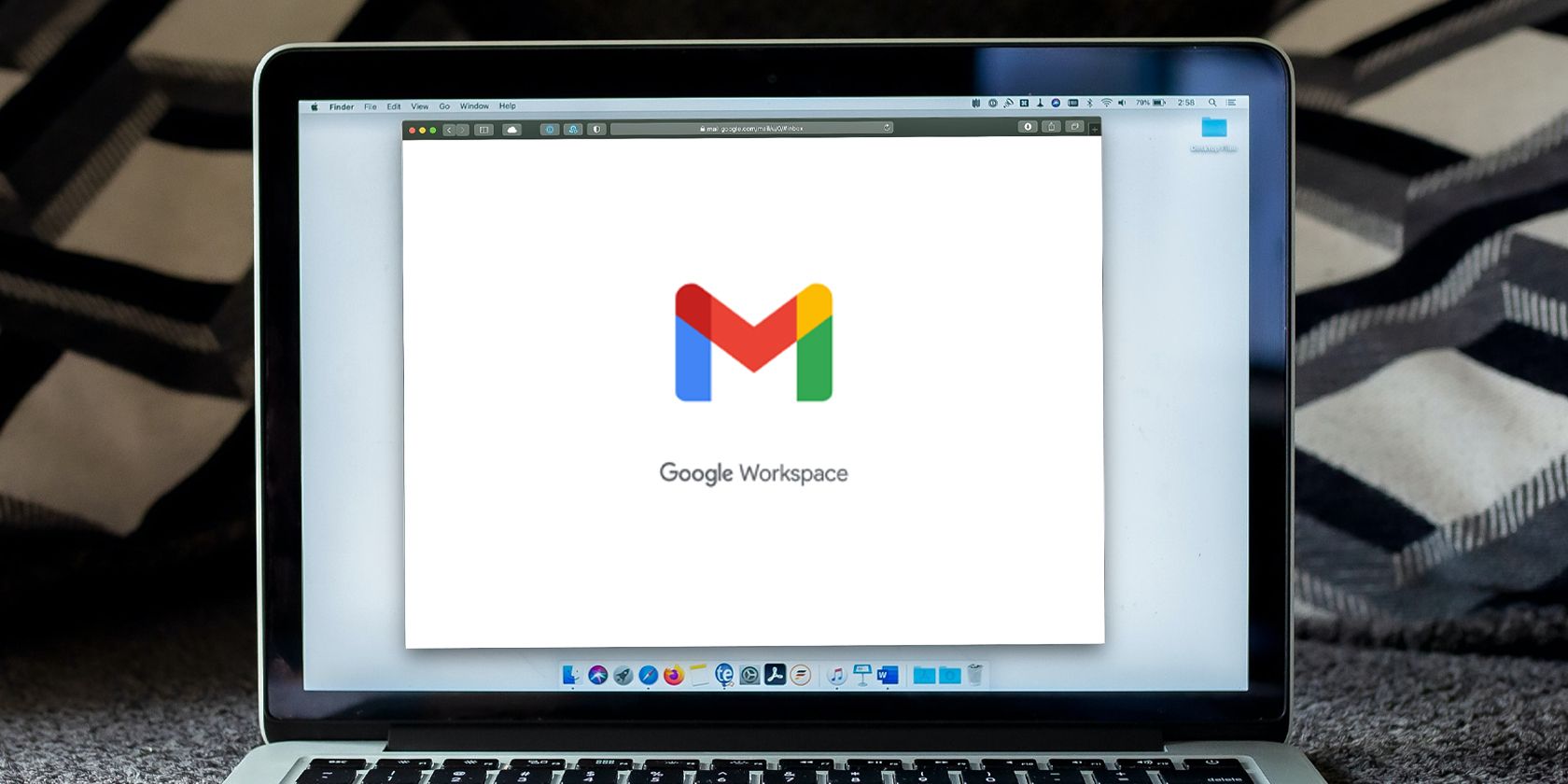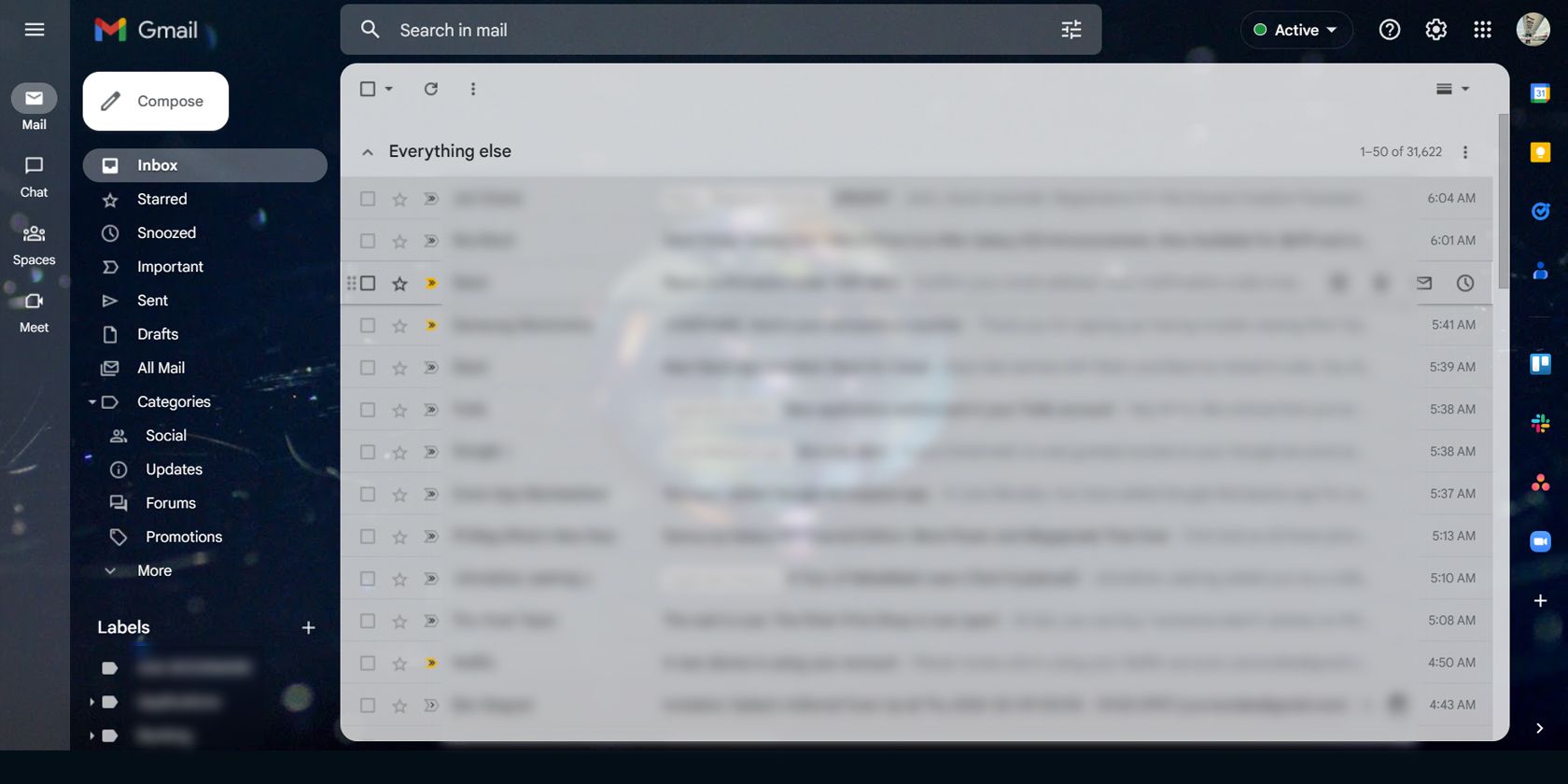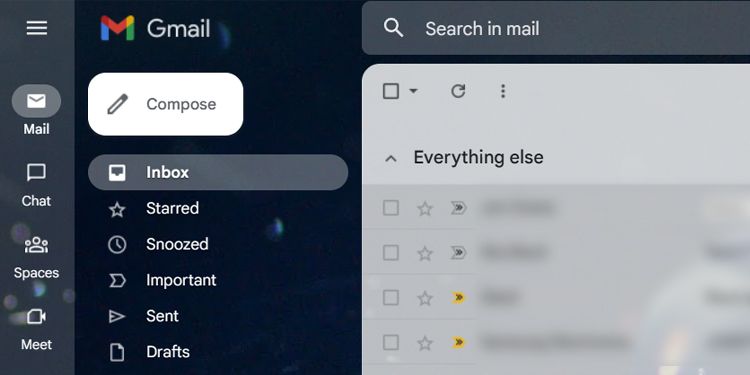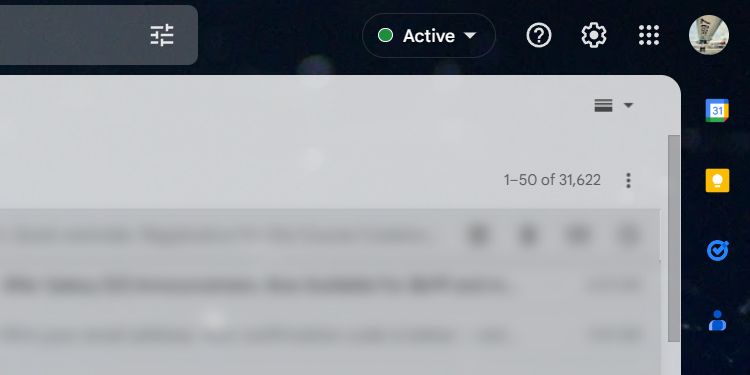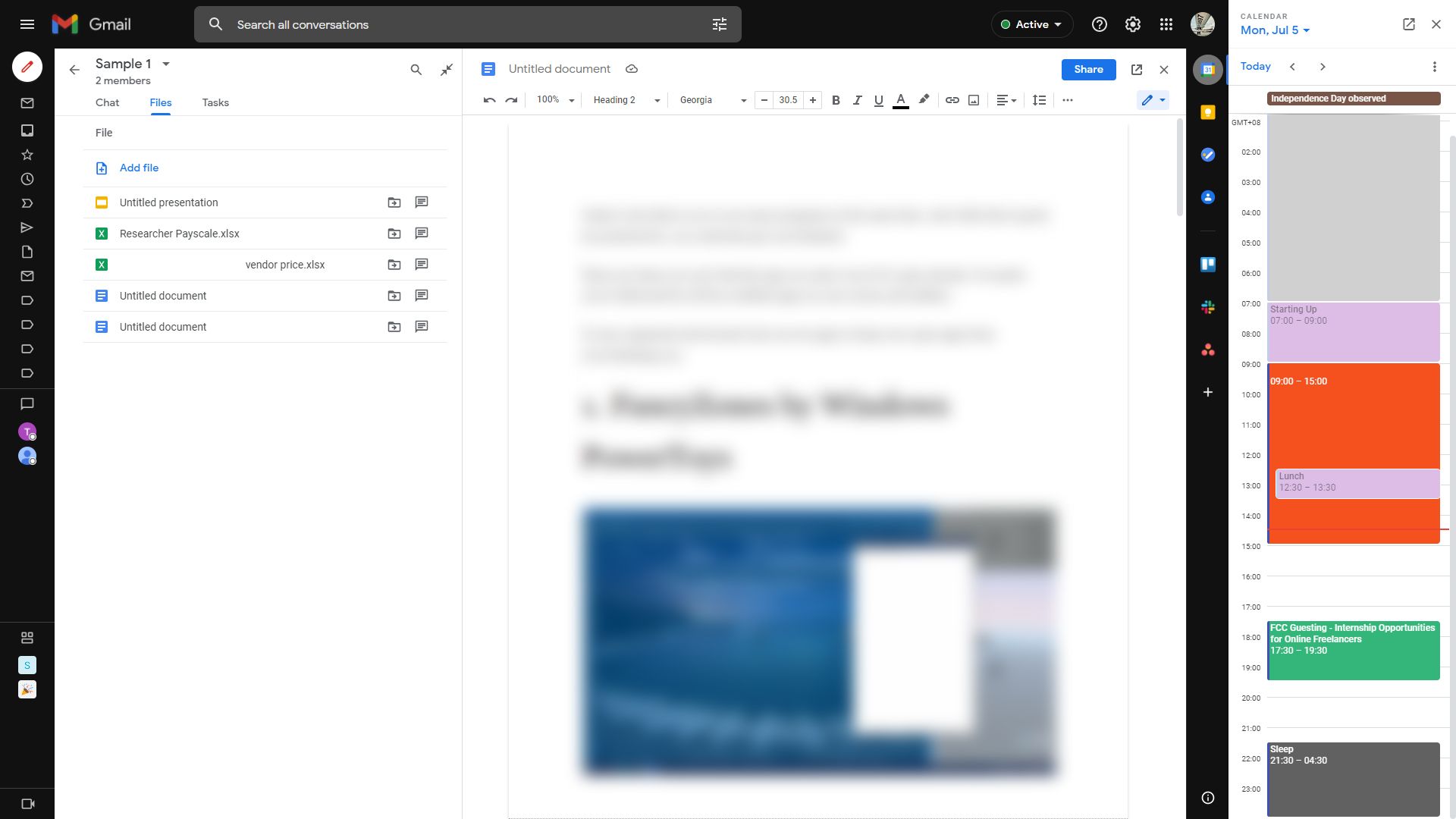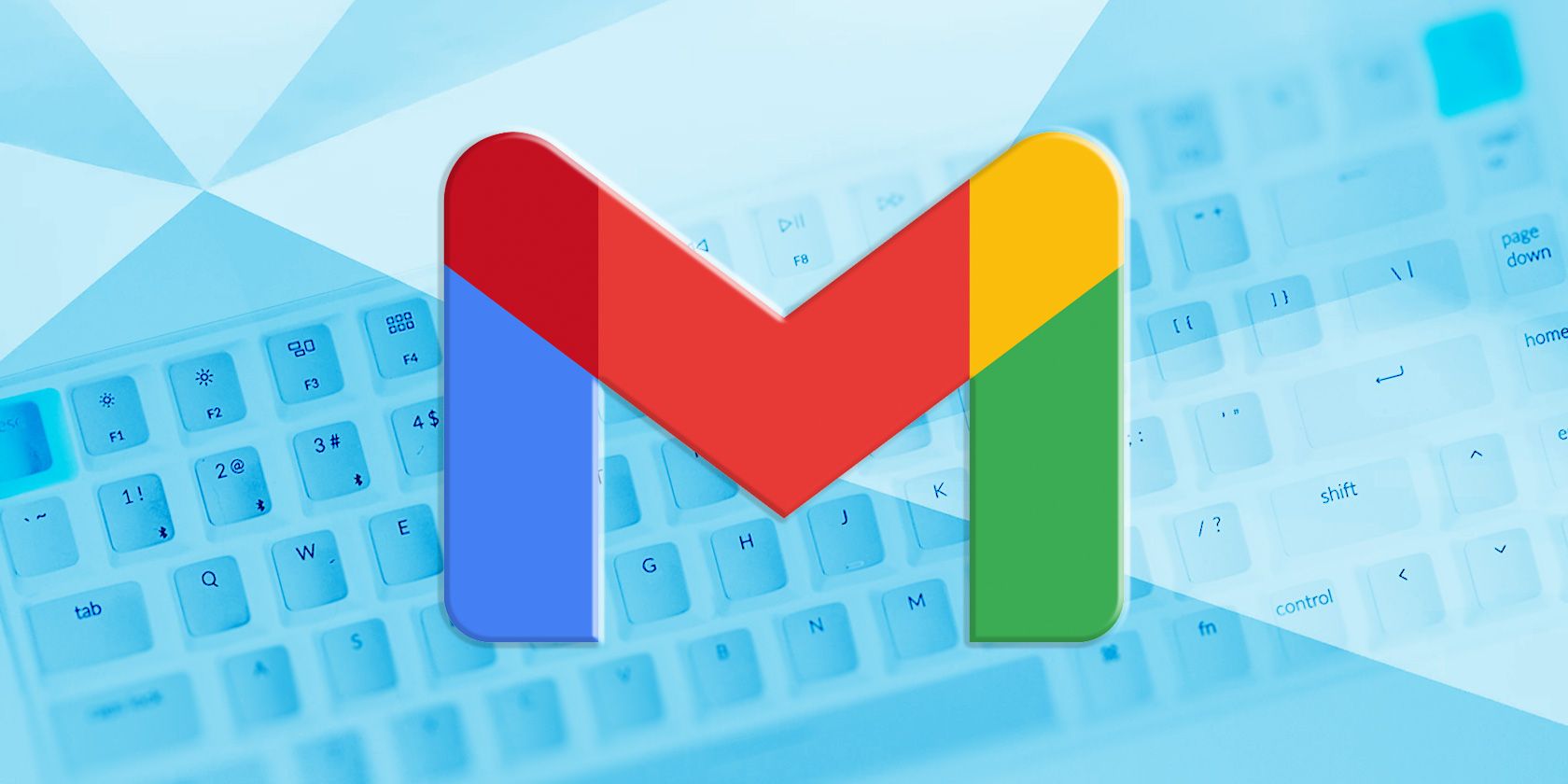Google started rolling out the updated Gmail interface in November 2022, allowing it to keep up with the times. This interface update was optional until now, but starting February 3, 2023, Google will enforce the new design for all users.
If you didn't revert the changes to your Gmail account when Google rolled out the updates, you're probably already using the new interface. But if you undid the changes or haven't received the updates yet, you may be surprised when they take effect. So, why is Google changing Gmail, and what changes can you expect? Let's take a look!
Why Is Google Updating Gmail?
On January 27, 2023, Google announced in the Google Workspace Updates blog, "the new Gmail user interface is rolling out for scheduled release…with no option to revert to the original UI". This change started during the COVID-19 pandemic, when Google released Google Workspace to keep up with the work-from-home boom.
Google updated Gmail to turn it from just an email app into a full productivity suite. It even changed the name of the service from Gmail to Google Workspace. So, if you haven't explored the new Gmail interface yet, here's what you can expect.
What Are the New Features of Gmail?
With the Gmail update now being part of the Google Workspace moniker, Google is trying to turn it into a complete productivity suite. So, these are the new features you'll get with the latest Gmail update.
1. New Dedicated Tabs
On the left side of the Gmail screen, you'll find four new tabs—Mail, Chat, Spaces, and Meet. Mail is the standard email client, where you have your Inbox, Starred, Sent, Drafts, All Mail, and other categories. If you've automatically labeled your emails in Gmail, you should see them under Labels.
Under the Mail tab, you have Chat, where you can send instant messages to your contacts and more. The Chat tab is no different from other chat clients, like Messenger or Skype. However, you cannot make audio or video calls on it. You'll have to go to the Meet tab if you want that.
In between the Chat and Meet tabs, you'll find Spaces. This tab is the primary collaboration tool in Google Workspace, where you can create different team spaces. It's similar to other collaboration tools like Slack and Trello, where you can send messages, start threads, share files, and assign tasks to members. Finally, the Meet tab shows all your scheduled Google Meet meetings and their information.
2. Google and Other App Integrations
Aside from these new productivity features, Google is also integrating its own and other third-party apps into Google Workspace. On the right side of your screen, you should see a vertical bar with several icons.
The first four icons will show Calendar, Keep, Tasks, and Contacts. When you click on any of these icons, you should see a small window allowing you to use them without leaving Google Workspace. You can also install other third-party apps by clicking on the plus (+) sign. These apps include popular productivity and collaboration tools like Trello, Slack, Asana, Zoom, and more.
3. Google Rooms Transforms Into Spaces
Google Rooms was a feature of Google Chat that allowed you to have group conversations. However, that's about it. It lacked features such as file sharing or task assignment. So, Google changed it to Spaces and added more collaboration features, like threaded conversations.
However, the main advantage of using Spaces is that you don't have to leave it to open Google Docs suite documents. So, if a colleague sends a file to your space, you can open it without leaving your Google Workspace window.
Integrating More Google Services Into Gmail
According to a Slintel report, Gmail has cornered 34.95% of the email market. Given Google is lagging behind some of its competitors in the remote collaboration space, like Zoom and Slack, it's utilizing its massive advantage in the email market to push its other services like Google Meet.
By doing so, Google hopes to introduce its other tools to its massive Gmail user base and make it more convenient to use straight from your inbox. However, if you have the latest Gmail redesign, you can switch back to Classic Gmail using these tools and techniques.
Google Is Targeting Its Competition With Google Workspace
Gmail was (and still is) a useful free tool for emails. Millions of people have at least one account, with many having two or more. However, as other productivity and collaboration tools become more popular, email is slowly losing the number-one spot for business communication.
So, by turning Gmail into an all-in-one communication and collaboration tool and integrating its other services, Google could entice people to use Google Workspace and the Google Docs Suite as their primary means of productivity.

